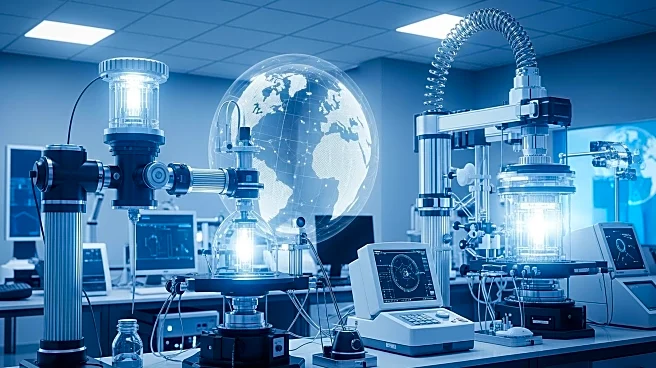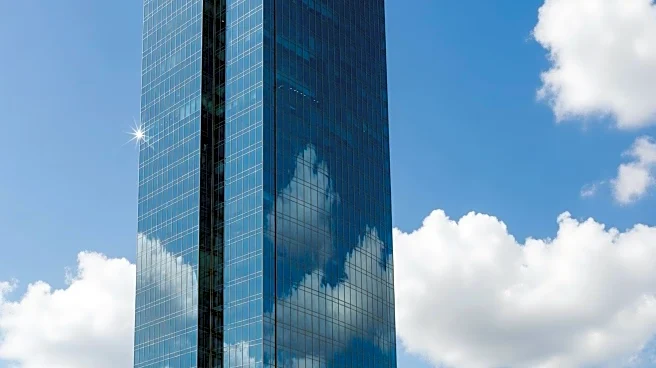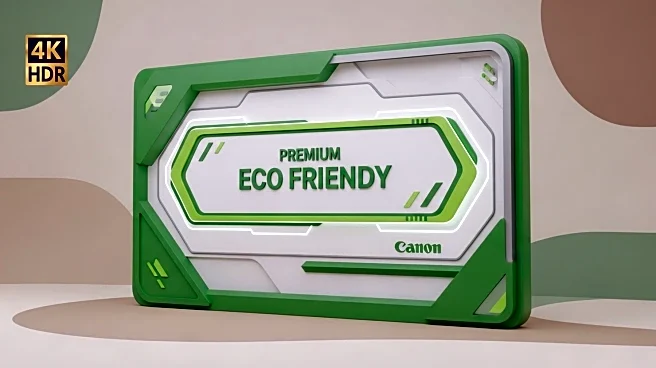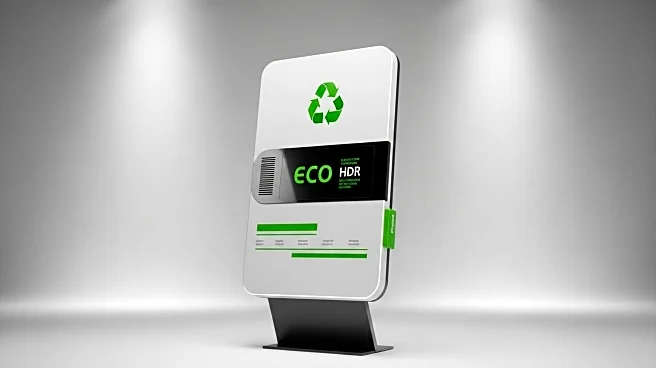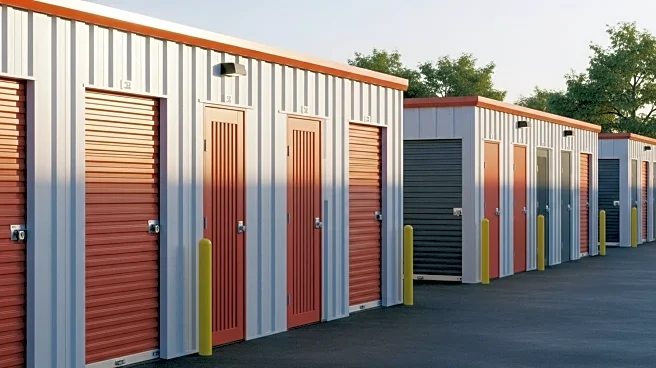What is the story about?
What's Happening?
The self-cleaning glass market is experiencing significant growth, driven by increasing demand for low-maintenance and energy-efficient building materials. The market, valued at $4.52 billion in 2024, is projected to reach $10.9 billion by 2035, with a compound annual growth rate (CAGR) of 8.32%. Self-cleaning glass, which uses hydrophilic and photocatalytic coatings to remove dirt and organic matter, is gaining traction in the construction and automotive sectors. This technology reduces the need for manual cleaning, lowering maintenance costs and extending the life of glass installations.
Why It's Important?
The expansion of the self-cleaning glass market reflects a broader trend towards sustainable building practices and energy efficiency. As urbanization continues, the demand for smart and sustainable building materials is expected to rise. Self-cleaning glass offers a solution that aligns with green building certifications, making it attractive for commercial and residential projects. The technology also supports the automotive industry's shift towards more efficient and low-maintenance vehicles, particularly in the electric vehicle segment.
What's Next?
Manufacturers are likely to focus on innovation and regional expansion to capture market share. The integration of self-cleaning glass in green building projects and the automotive sector is expected to continue, driven by technological advancements and increasing awareness of maintenance costs. Challenges such as high initial costs and limited awareness in emerging markets may need to be addressed to fully realize the market's potential.
Beyond the Headlines
The adoption of self-cleaning glass has implications for environmental sustainability, as it reduces water and chemical use in cleaning processes. However, the production of advanced coatings involves complex chemical processes that must be managed responsibly to minimize environmental impact. The market's growth also highlights the importance of innovation in addressing global challenges such as resource scarcity and climate change.
AI Generated Content
Do you find this article useful?




